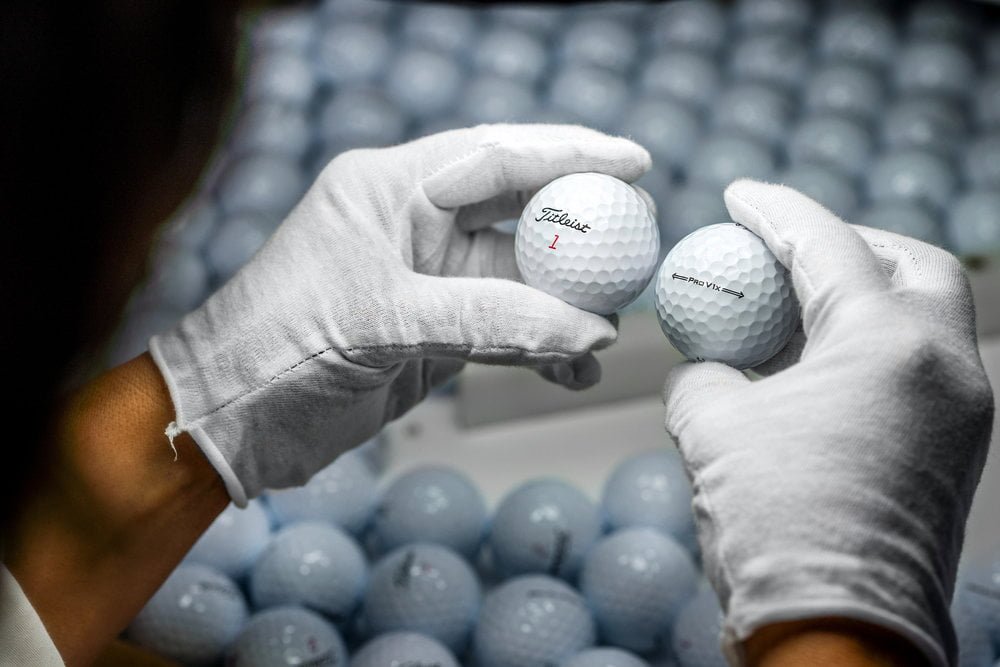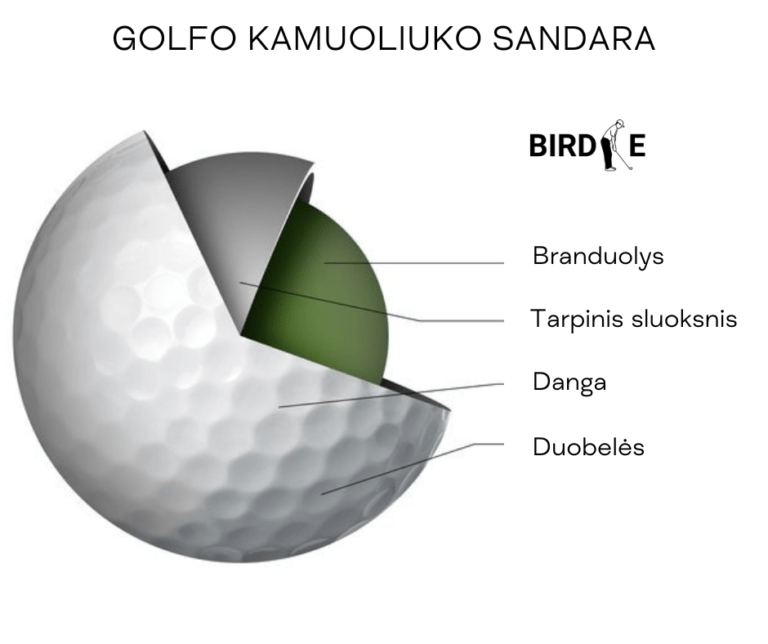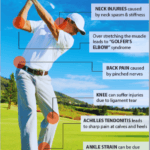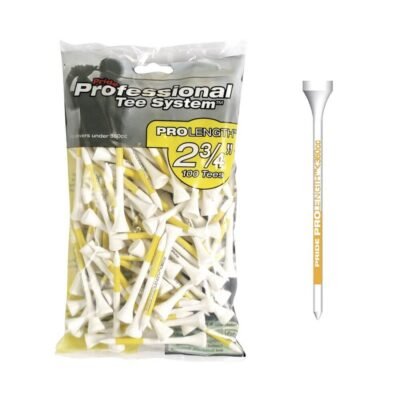Golf Balls. Everything You Need to Know: A Comprehensive Guide.

Golf is an elegant sport that requires precision, patience, and strategy. One of the key components of the game is the golf ball. In this blog post, we will explore everything you need to know about golf balls, from their history and manufacturing process to their technical features and impact on the game.
The History of Golf Balls
The origin of golf can be traced back to 15th century Scotland, but the first golf balls were made of wood. In the 18th century, wooden balls were replaced by the so-called “featherie” balls, which were made of leather and filled with feathers. Although these balls had better flight properties, their production was complex and costly.
In the mid-19th century, golf balls evolved again. Gutta-percha balls, made from the sap of the gutta-percha tree, were introduced. These balls were cheaper and more durable than the feather-filled ones. In the early 20th century, the modern two-piece and three-piece golf balls were developed, incorporating synthetic materials like rubber and plastic.
The structure of a golf ball
Modern golf balls are complex products made up of several layers:
- Core: This is the center of the ball, usually made from synthetic rubber. The properties of the core, such as hardness and elasticity, greatly influence the ball’s flight and rebound characteristics.
- Intermediate Layer: Some golf balls have an intermediate layer made from various materials designed to improve flight properties and provide additional control.
- Cover: The outer layer of the ball is typically made from urethane or ionomer. Urethane covers provide better control and grip, while ionomer is more durable and resistant to wear.
- Dimples: The small dimples on the surface of the ball are crucial for aerodynamics. They help reduce air resistance and stabilize the ball’s flight.

Technical Characteristics of a Golf Ball
- Hardness: The hardness of the ball is often measured by compression. High compression balls (100 and above) are firmer and require more force to achieve optimal results. Low compression balls (65 and below) are softer and easier to control.
- Spin: The spin rate of the ball affects its trajectory and rebound. High spin balls are better suited for professionals aiming for more precise shots, while low spin balls are often recommended for beginners.
- Flight: The flight characteristics of the ball depend on the shape and arrangement of the dimples. Different dimple patterns provide various aerodynamic effects, which can enhance the ball’s stability in the air and its distance.

How to Choose the Right Golf Ball
When choosing a golf ball, it’s important to consider your skill level, playing style, and personal needs. Beginners are often advised to choose softer balls with lower compression, which help in controlling shots and achieving longer distances. Experienced players should opt for balls with higher compression and greater spin rates to better control shots and achieve improved results.
Golf Ball Maintenance
To maintain your golf balls in good condition, it is essential to clean them regularly and store them under proper conditions. Dirt and other impurities can affect the ball’s flight characteristics, so it’s recommended to clean your balls after each round. Additionally, avoid storing balls in extreme temperatures, as this can affect their material elasticity and durability.
Conclusion
Golf balls are an essential and complex element of the game. From their history to modern technological innovations, every detail affects the quality of play. A properly chosen and well maintained golf ball can help you achieve better results and enhance your enjoyment of the game. I hope this comprehensive guide has helped you understand the importance of golf balls and will assist you in selecting the most suitable balls for your game.
Frequently Asked Questions (FAQ)
Q: What are the main types of golf balls?
A: Golf balls are generally categorized into two-piece, three-piece, four-piece, and five-piece designs. Each offers varying levels of distance, spin, and control based on the number of layers.
Q: Which golf ball is best for beginners?
A: Two-piece golf balls are ideal for beginners. They are durable, affordable, and designed to maximize distance while minimizing spin for straighter shots.
Q: What golf balls do professionals use?
A: Pros typically use multi-layer (3-5 piece) golf balls that offer higher spin rates, better feel around the greens, and optimized control for every type of shot.
Q: Does the compression of a golf ball matter?
A: Yes. Low-compression balls compress more easily and are better for players with slower swing speeds, while high-compression balls suit players with faster swing speeds for added control and distance.
Q: How long does a golf ball last?
A: A golf ball can last multiple rounds if it isn’t damaged. However, performance can decline over time, especially if the cover becomes scuffed or cracked.
Q: Can using the right golf ball improve my game?
A: Absolutely. The correct golf ball can optimize distance, accuracy, spin, and feel, leading to better overall performance tailored to your playing style.
Q: Do expensive golf balls make a difference?
A: Premium golf balls offer advanced features like improved spin control, softer feel, and better performance on and around the greens. However, casual players may not notice significant differences compared to mid-priced options.









